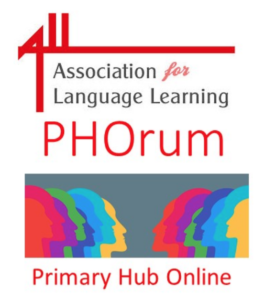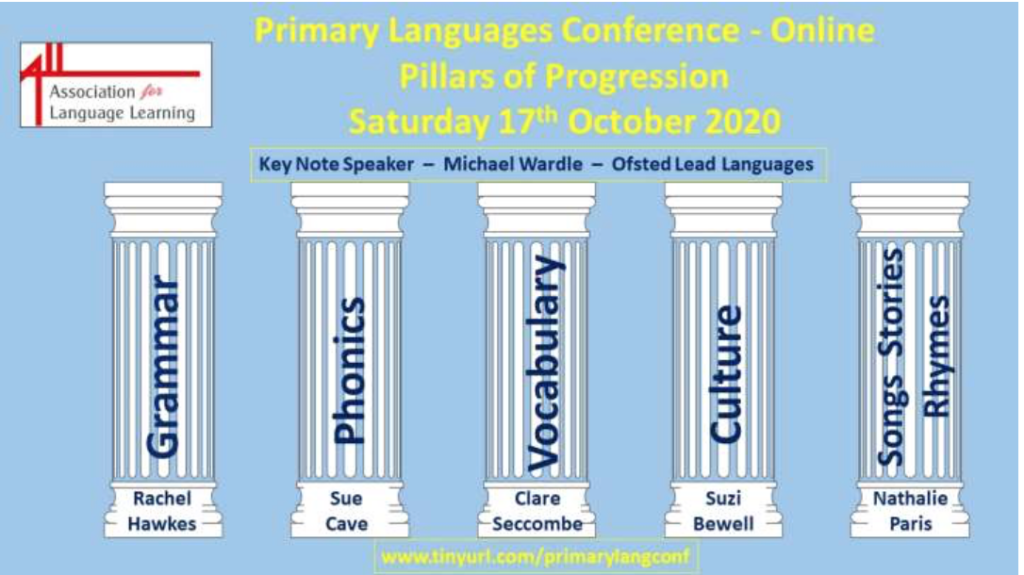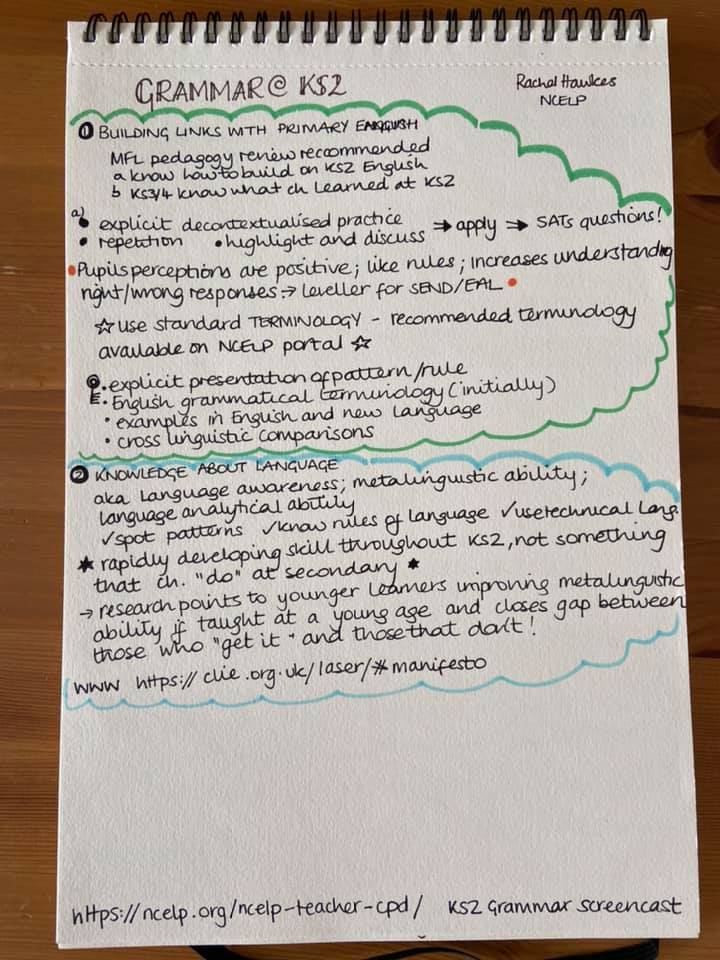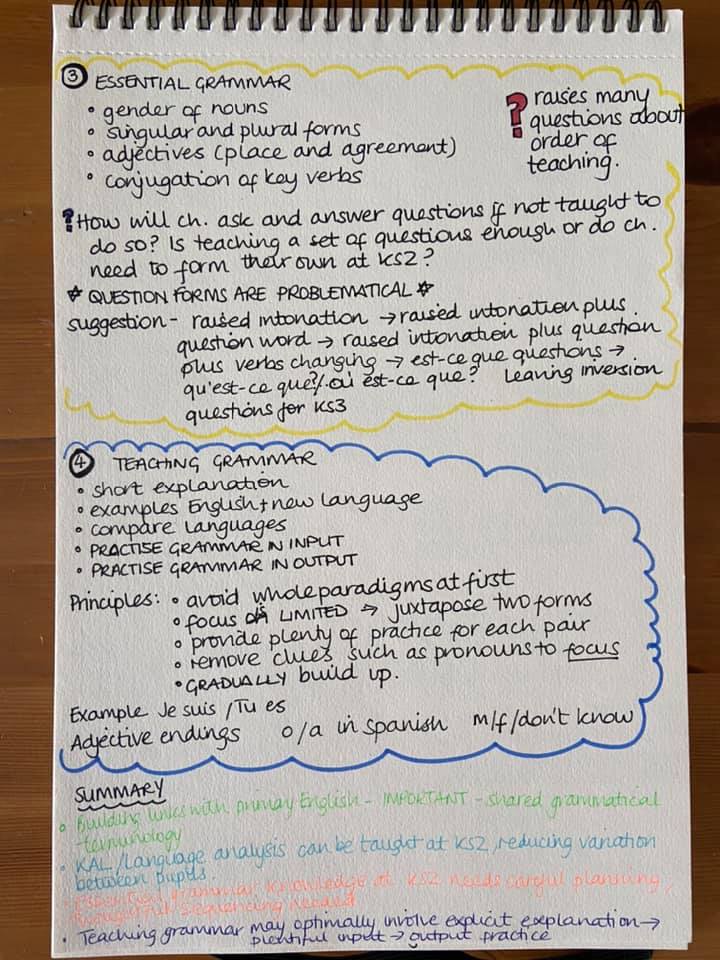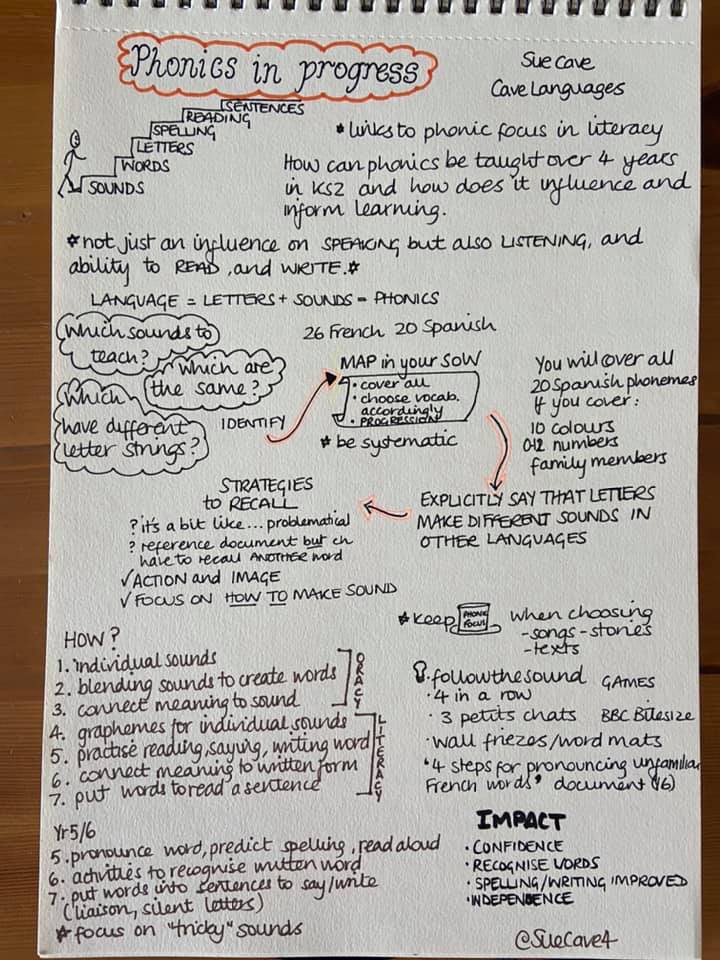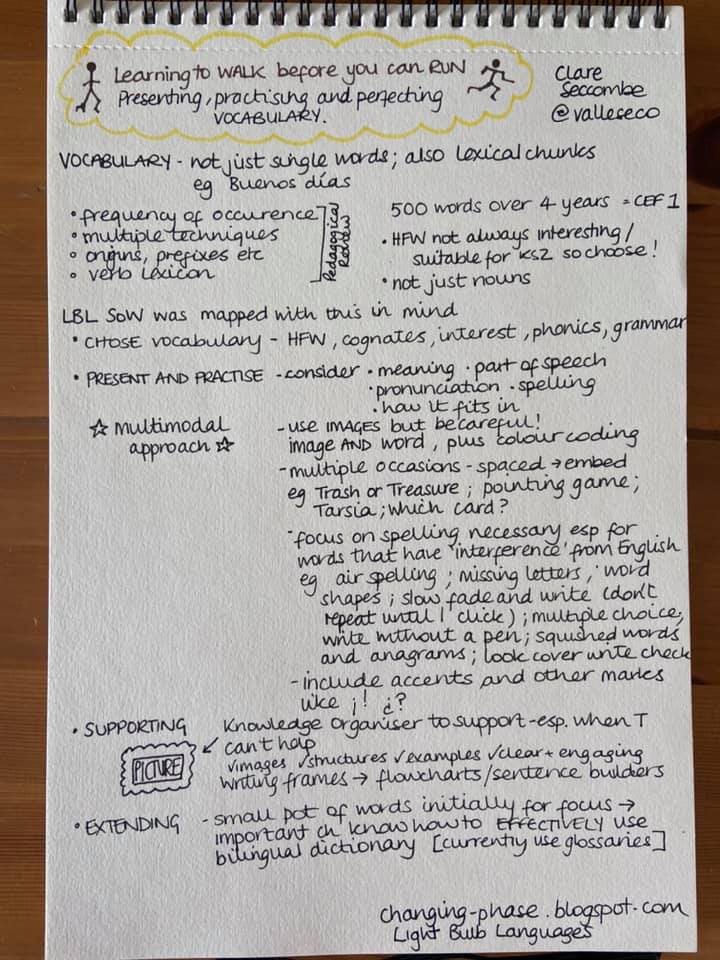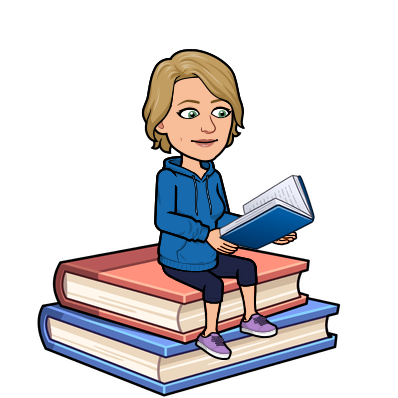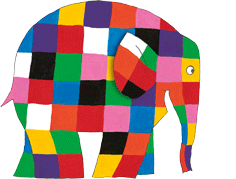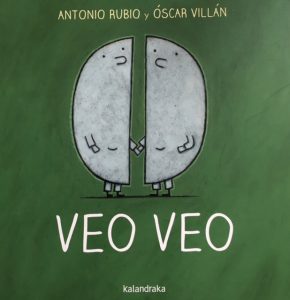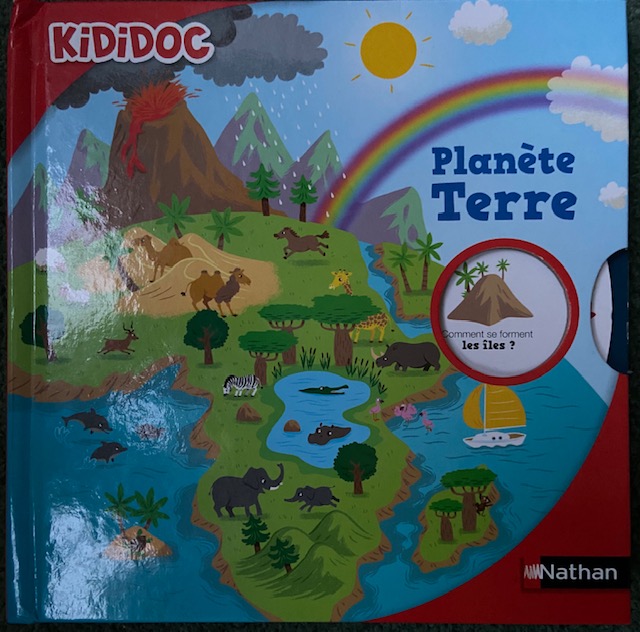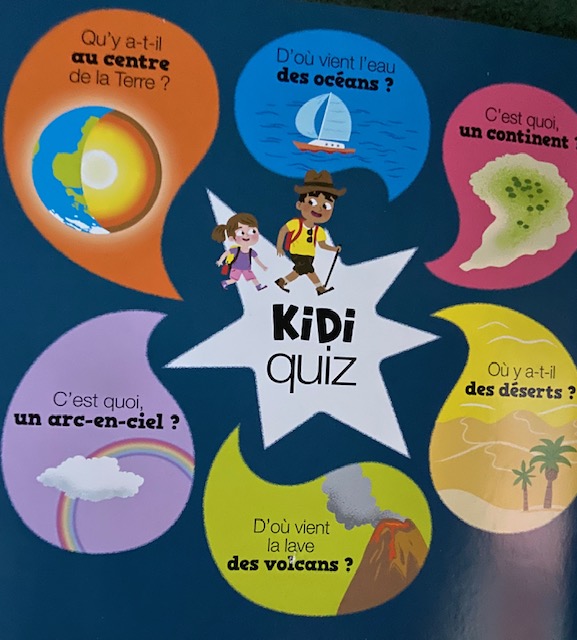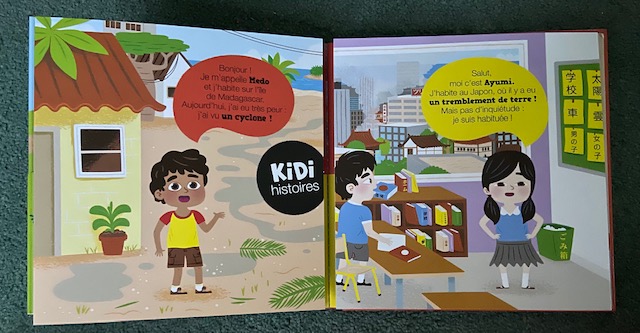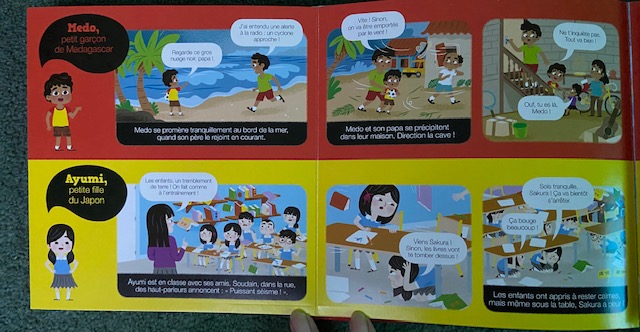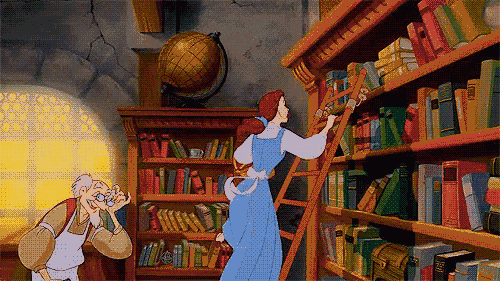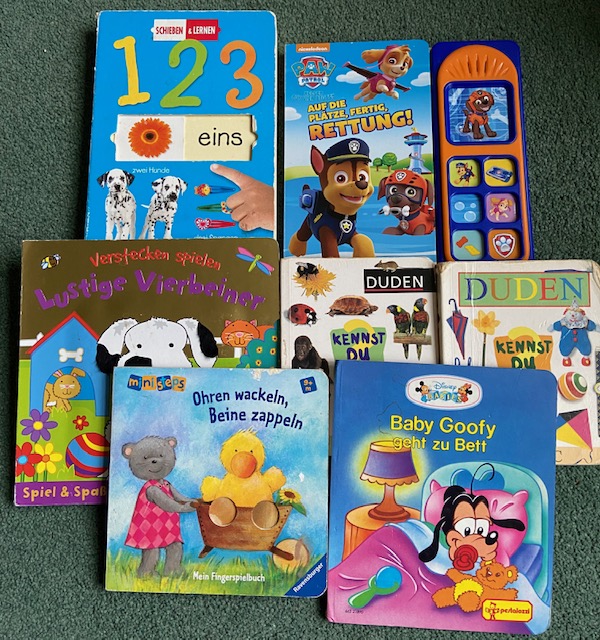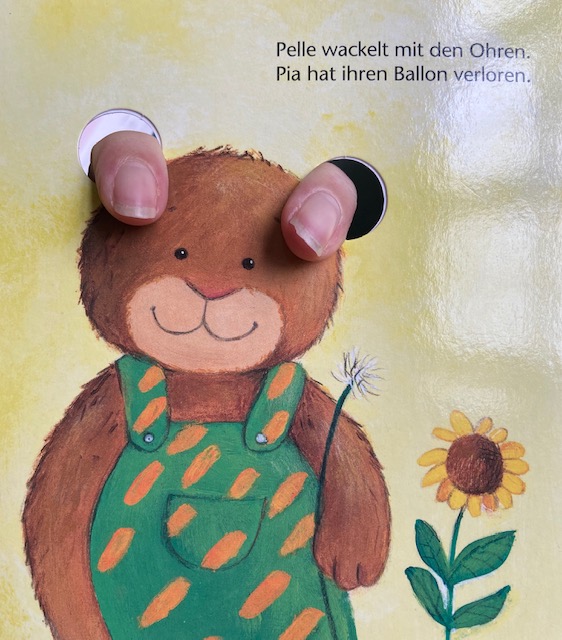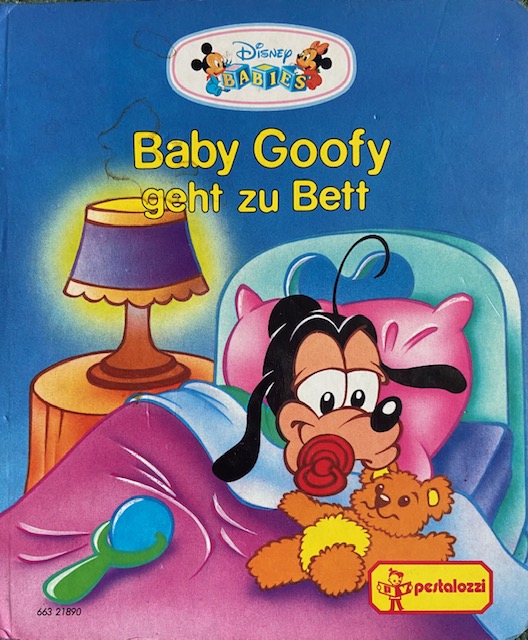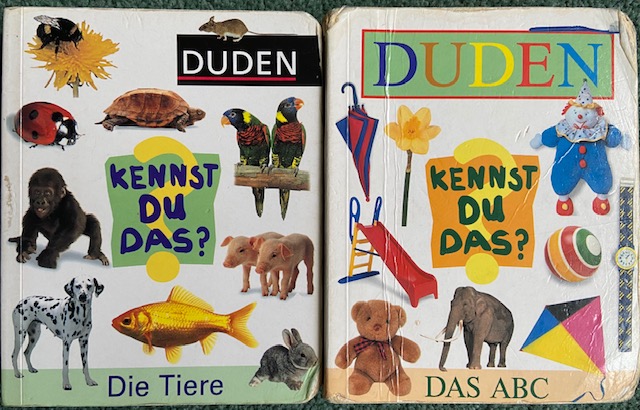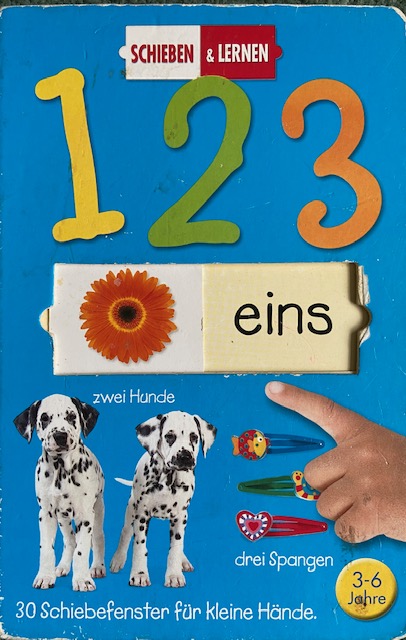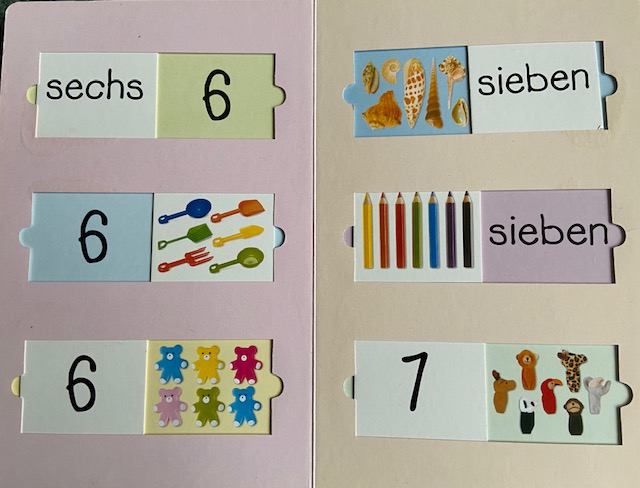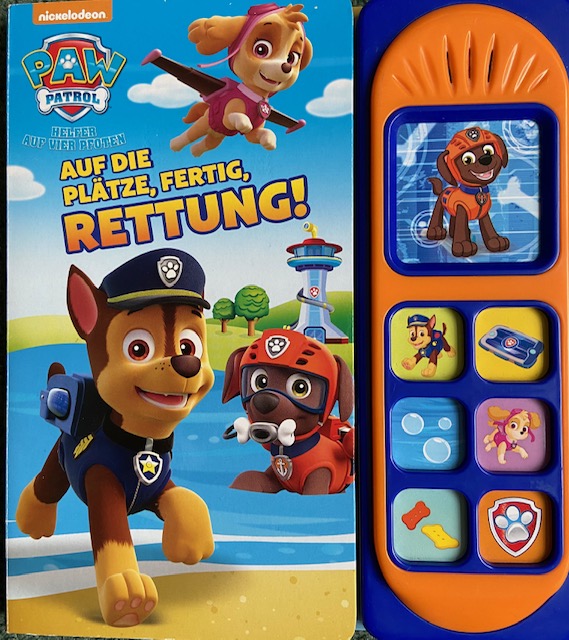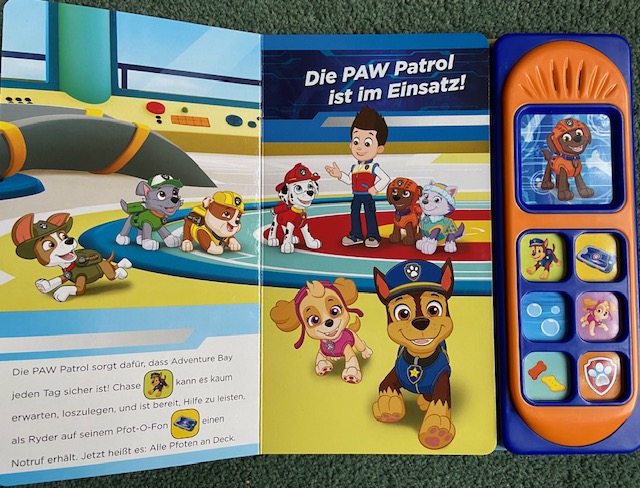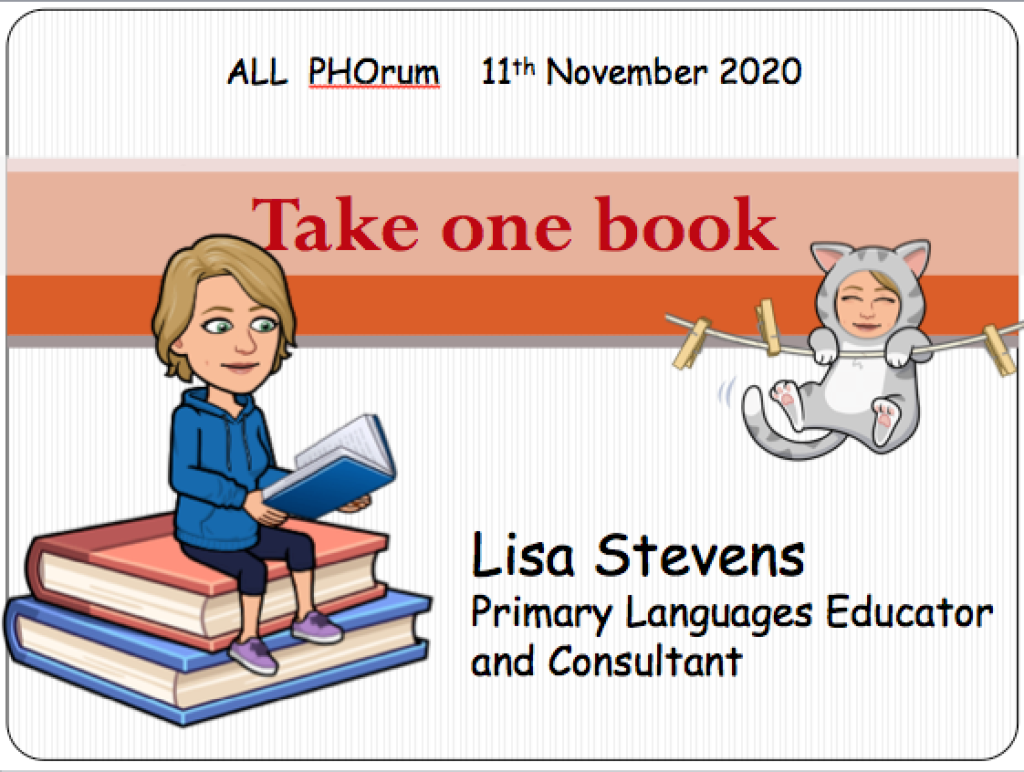
I was overjoyed to be asked to present at the inaugural PHOrum meeting for members of the Association for Language Learning last Wednesday evening (get well soon Susanne x). My presentation was entitled Take One Book and can be viewed below along with links to some of the resources and ideas I shared.
You can find out more about the Take One Book by going to their website. A helpful literacy idea with amazing resources! https://www.takeonebook.org
There are multiple versions of the story being read online in Spanish online – this is one and here’s another one that are read in both Spanish and English, and this one has the bilingual text but just Spanish narration.
Wordwalls:
https://wordwall.net/resource/6417210 Esta no es mi gata
https://wordwall.net/resource/6416418 Es mi gata Q+A with words
https://wordwall.net/resource/6417038 Es mi gata Q+A no words
Joining in with a story video featuring Nigel Pearson sharing the book in German (Wo ist meine Katze?) https://vimeo.com/123422432 Well worth watching this masterclass in engaging a class in a story!
If you want to story as written in the book in German here’s a video of it being read
A number of resources are available for the original text (in English) that could be adapted.
A puzzle to adapt
https://www.readytoread.com/documents/rtr-carle-activities.pdfResource
Resources on TPT
https://www.teacherspayteachers.com/Product/Have-You-Seen-My-Cat-by-Eric-Carle-Bundle-Resources-4566552?st=2bc1e1ad0f265de650a2c2f0f099b137
A literacy lesson plan
https://tracieanzara.weebly.com/uploads/1/1/7/2/11727035/lesson_2.pdf
ReadWriteThink Planning PDF http://www.readwritethink.org/files/resources/interactives/stapleless/StaplelessBookPlanningSheet.pdf
Word cards http://www.readwritethink.org/files/resources/lesson_images/lesson131/wordcards.pdf
Lesson ideas http://www.readwritethink.org/classroom-resources/lesson-plans/using-predictable-text-teach-131.html?tab=4#tabs
Tissue paper cat craft https://www.gluedtomycraftsblog.com/2015/08/tissue-paper-black-cat-kid-craft.html
Hidden cat article https://www.cnet.com/news/find-the-cat-photograph-with-tricky-kitty-stumps-many-as-it-goes-viral/
Infographic showing the effect of loss of habitat on wild cats https://www.agenciasinc.es/Visual/Infografias/La-perdida-de-habitat-amenaza-a-los-felinos-del-mundo#results
Article about the Cat Island https://www.ngenespanol.com/traveler/descubre-la-isla-de-los-gatos-japon//
Animalandia – a great website with short factfiles in Spanish about a wide variety of animals as referenced in slide 46. http://animalandia.educa.madrid.org/
There will a PHOrum meeting every term so if you don’t want to miss out on the next one, do join ALL. Find out how here.
